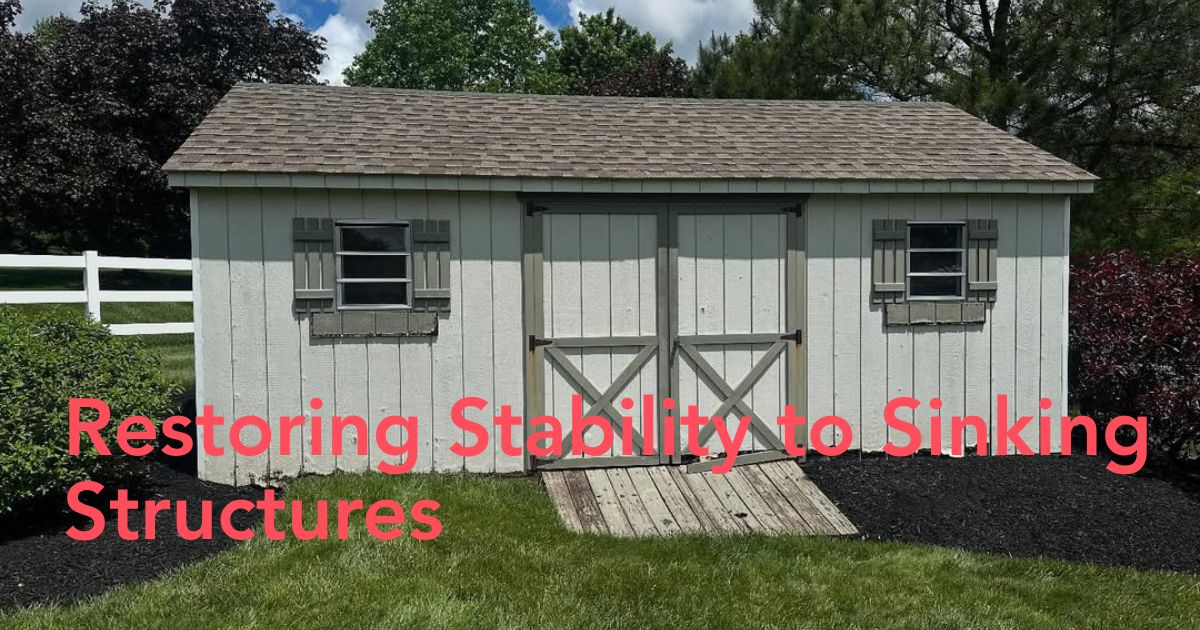A sinking outbuilding creates significant structural problems that demand immediate attention. Foundation settlement occurs when soil conditions change beneath your storage structure, causing uneven floors, door alignment issues, and potential water damage. Fortunately, several effective methods can restore stability without relocating your entire building.
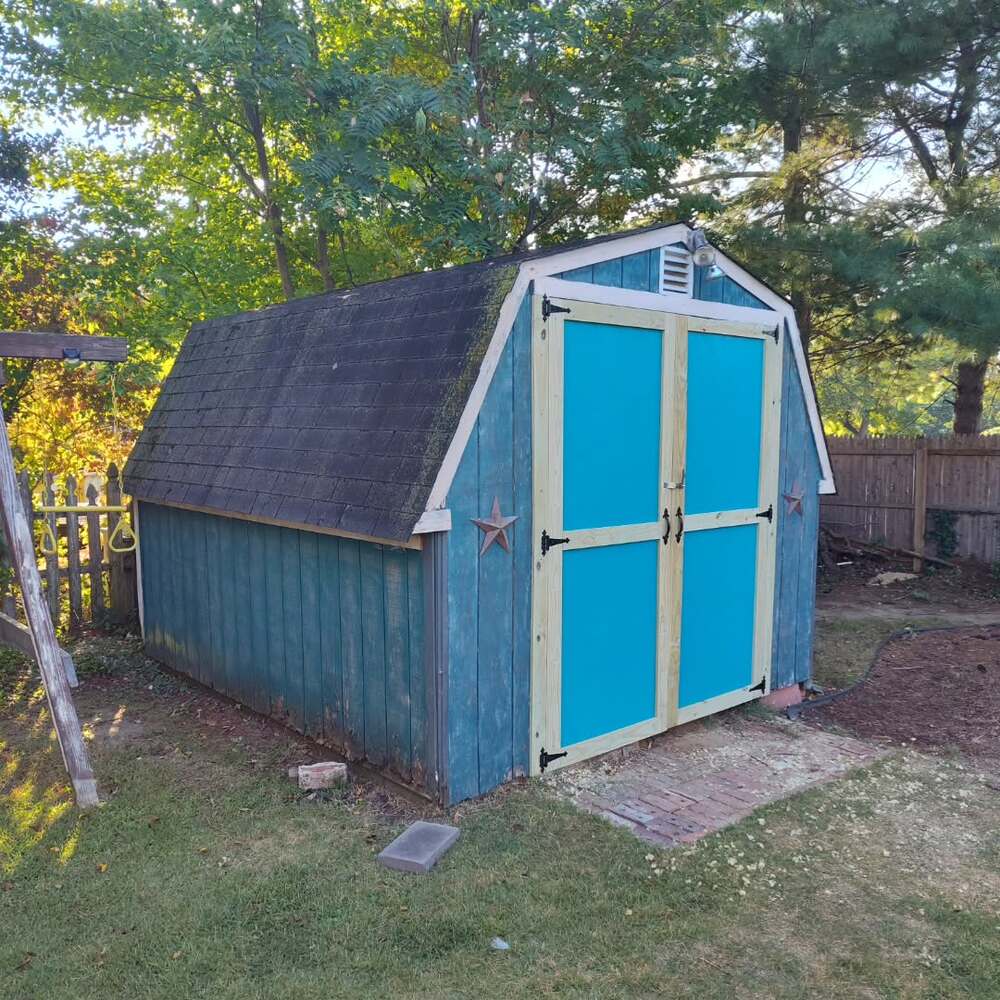
Identifying the Root Cause of Foundation Settlement
Understanding why your shed is sinking prevents future problems and guides repair decisions. Soil composition plays a crucial role in foundation stability, with clay soils expanding and contracting dramatically during wet and dry cycles. Poor drainage around the structure creates water accumulation, which softens the ground beneath foundation materials. Additionally, inadequate initial preparation often leads to premature settling as organic matter decomposes or loose fill compacts over time.
Weather patterns significantly impact foundation movement, particularly during freeze-thaw cycles that lift and shift soil layers. Heavy rainfall saturates the ground, reducing its load-bearing capacity and causing gradual subsidence. Identifying these underlying causes allows you to address both immediate stability concerns and long-term prevention strategies.
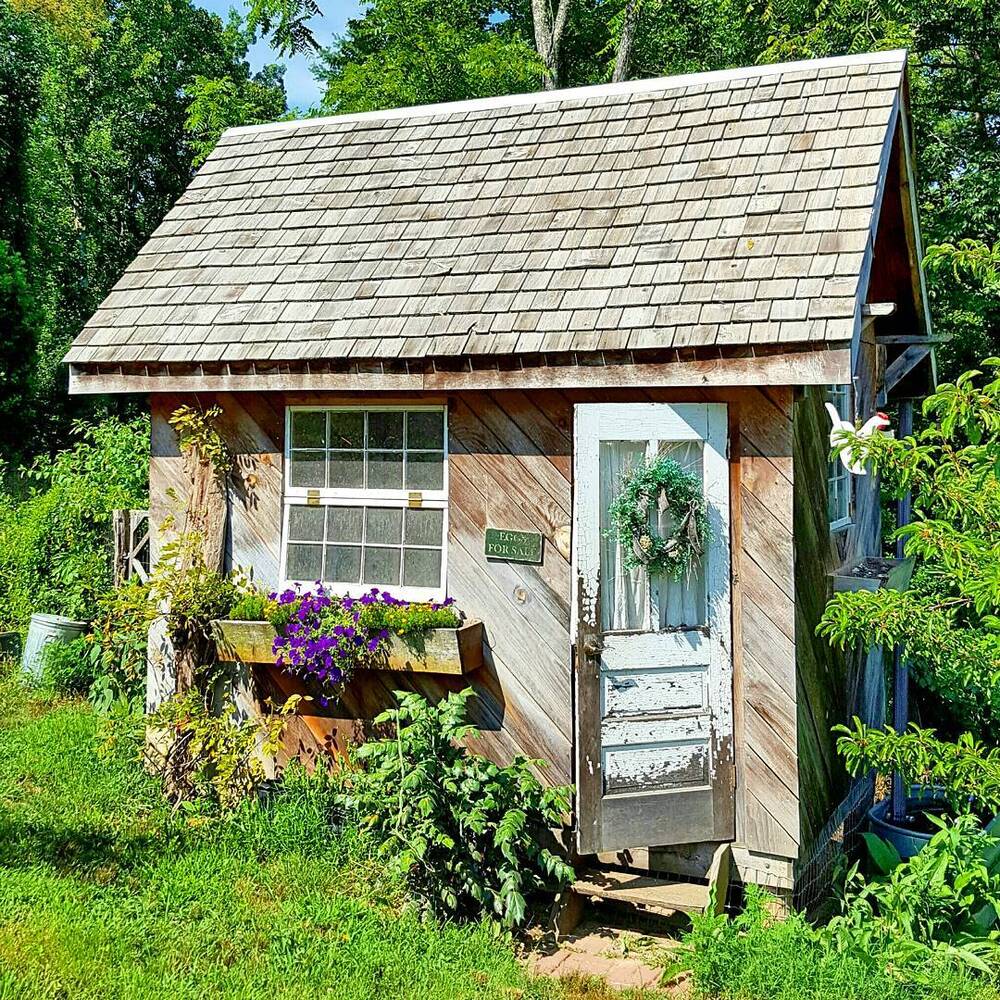
Essential Materials and Tools for Foundation Repair
Successful foundation stabilization requires specific equipment and materials designed for ground-level repairs. Professional-grade tools ensure efficient work completion while maintaining safety standards throughout the project.
Required Tools:
- Hydraulic jacks with sufficient weight capacity
- Steel pier brackets and concrete footings
- Compactable fill material and tamping equipment
- Level measuring devices and string lines
- Excavation tools, including shovels and picks

Materials Needed:
- Pressure-treated lumber for structural reinforcement
- Concrete mix for new foundation elements
- Moisture barrier materials and waterproofing compounds
- Drainage gravel and landscape fabric
- Metal flashing and sealants
Professional contractors often recommend renting specialized equipment for complex repairs, ensuring proper lifting capacity and precision during foundation adjustments. Quality materials prevent recurring issues and extend the lifespan of your repair work significantly.
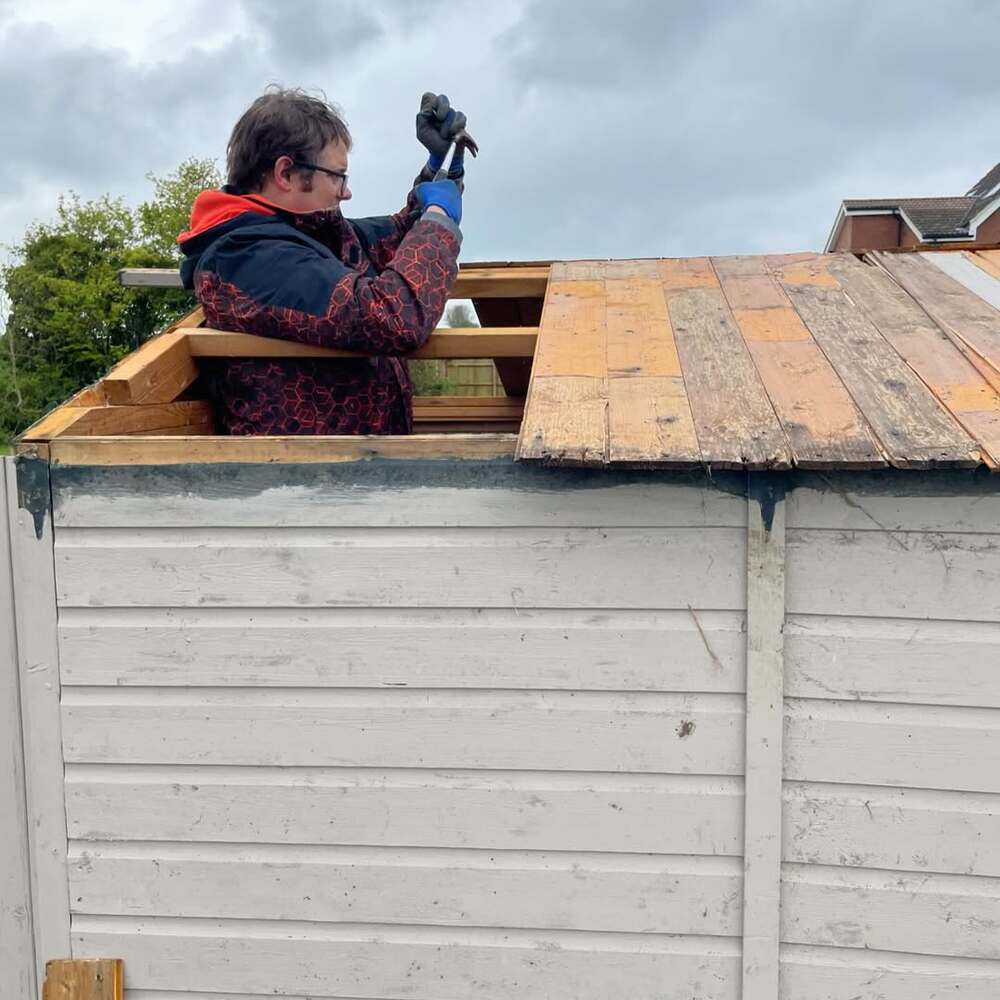
Creating a Proper Gravel Base Foundation
Establishing a stable foundation requires professional preparation and material selection to ensure long-term structural integrity. Excavation depth typically ranges from 6 to 12 inches, depending on local soil conditions and building weight requirements. Proper slope grading directs water away from the foundation area, preventing future moisture-related settlement problems. For professional installation services, consider contacting specialists who provide gravel base preparation and installation to ensure optimal results.
Gravel Base Installation Steps:
- Excavate to the required depth with proper slope gradient
- Install landscape fabric to prevent soil migration
- Place and compact gravel in 3-inch lifts using a plate compactor
- Verify level and grade using string lines and measuring tools
- Apply final compaction to achieve maximum density
Quality aggregate materials ensure long-term stability and drainage performance. Angular crushed stone provides superior compaction characteristics compared to rounded river gravel, creating a more stable foundation platform. Proper compaction eliminates air voids and prevents future settling under structural loads.
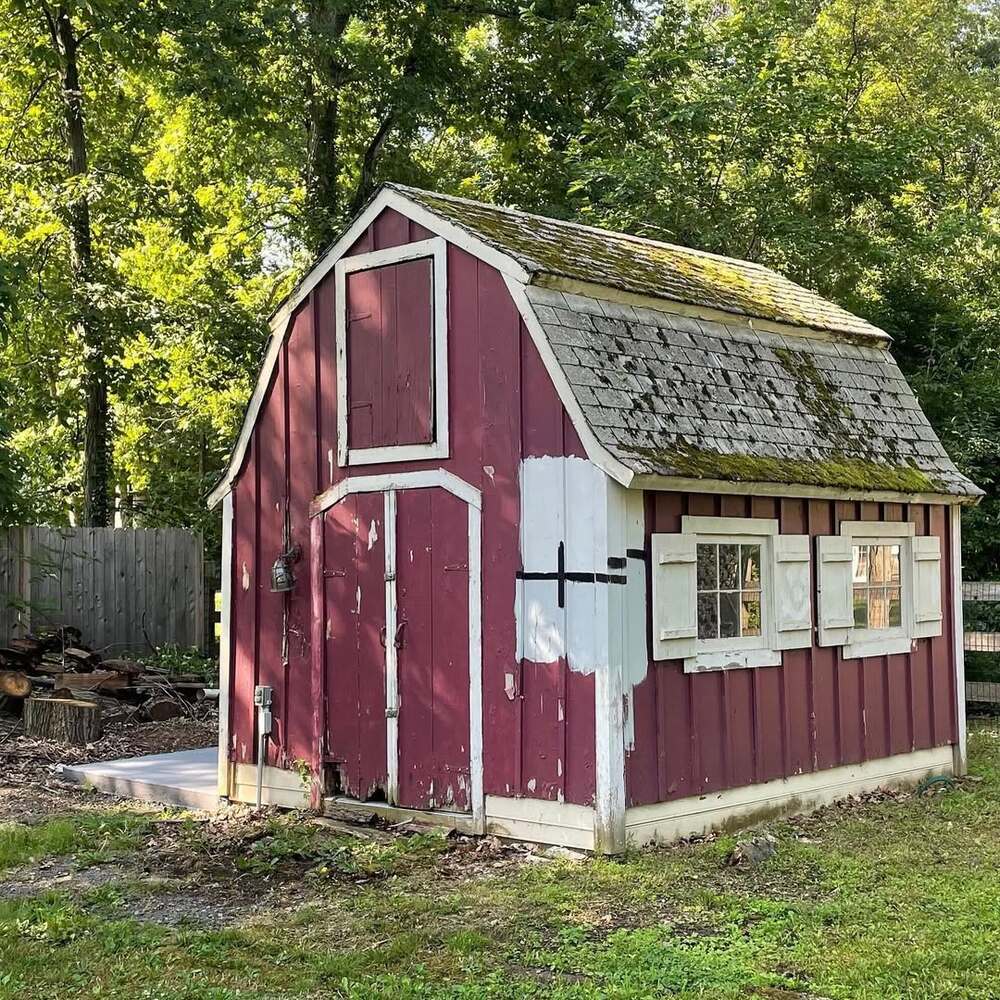
Foundation Lifting and Stabilization Techniques
Multiple methods exist for raising and stabilizing sinking foundations, each suited to specific soil conditions and settlement patterns. Screw pile installation provides excellent support in soft soils, utilizing helical anchors that penetrate deep into stable ground layers. Push pier systems work effectively in areas with firm soil at moderate depths, transferring structural loads to competent bearing strata.
Concrete underpinning involves excavating beneath existing foundations and pouring new concrete footings at greater depths. This method suits buildings with partial settlement where original foundations remain partially intact. Slab jacking utilizes pressurized concrete or polyurethane foam injection to lift settled foundation sections, particularly effective for minor settlement corrections.
Each technique requires careful planning to avoid damaging existing structures while achieving proper elevation and alignment. Professional assessment helps determine the most appropriate method based on soil conditions, settlement severity, and budget considerations.
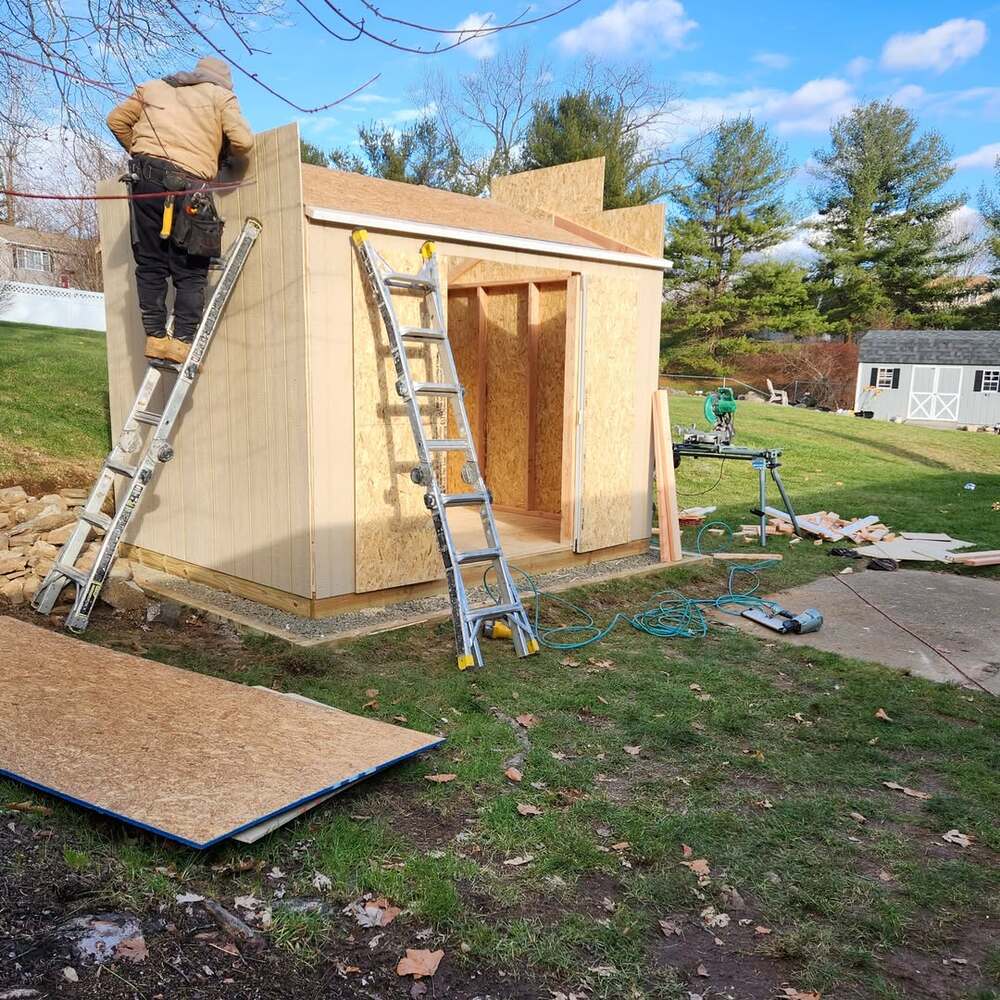
Drainage Solutions and Water Management
Effective moisture control prevents recurring foundation problems and protects your investment in structural repairs. French drain installation diverts surface water away from foundation areas, utilizing perforated pipes surrounded by drainage aggregate. Proper guttering systems collect roof runoff and channel it to designated discharge points away from the building perimeter.
Surface grading modifications redirect water flow patterns, eliminating standing water that contributes to soil saturation and foundation instability. Waterproof membrane installation on foundation walls provides additional moisture protection, particularly important in areas with high groundwater levels or frequent precipitation.
Regular maintenance of drainage systems ensures continued effectiveness, including cleaning gutters, inspecting drain outlets, and removing debris from surface channels. These preventive measures significantly reduce the likelihood of future foundation settlement issues.

Maintenance and Prevention Strategies
Long-term foundation stability requires ongoing attention to environmental factors that affect soil conditions beneath your structure. Regular inspections identify early warning signs of settlement, including cracks in foundation walls, door and window alignment issues, or floor level changes. Addressing these problems promptly prevents minor issues from developing into major structural concerns.
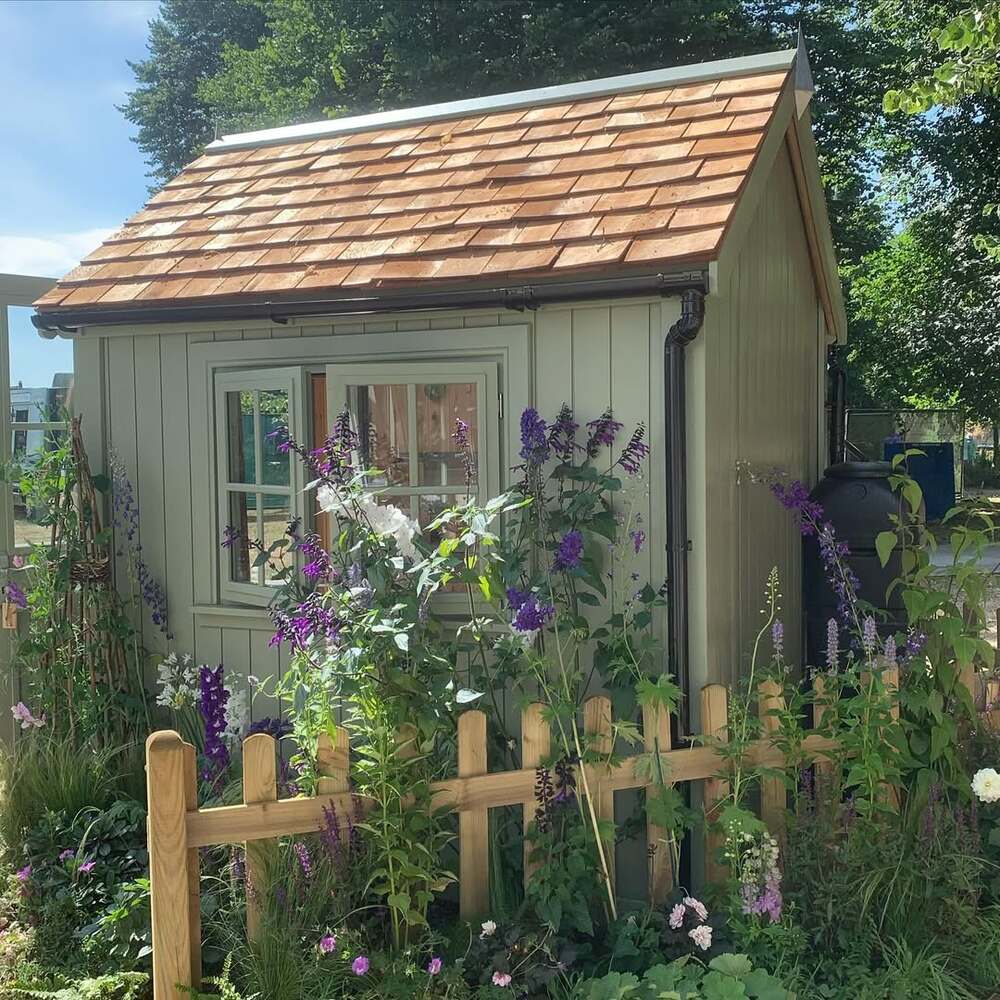
Prevention Checklist:
- Monitor drainage systems quarterly for proper function
- Inspect foundation walls for cracks or movement signs
- Maintain consistent moisture levels around the foundation perimeter
- Trim vegetation that might affect soil stability
- Document any changes in building alignment or level
Seasonal maintenance activities include cleaning drainage systems before heavy rain periods and monitoring soil moisture levels during extreme weather conditions. Professional inspections every few years help identify potential problems before they become costly repairs, ensuring your foundation remains stable and secure for decades to come.

